
Wildfire Literacy Education: Educational Forum for Community Leaders
There is a need to enhance elected officials' understanding of the nuances and complexities of wildfire and its impact and importance in every arena of government activity. Wildfire helps define community needs…
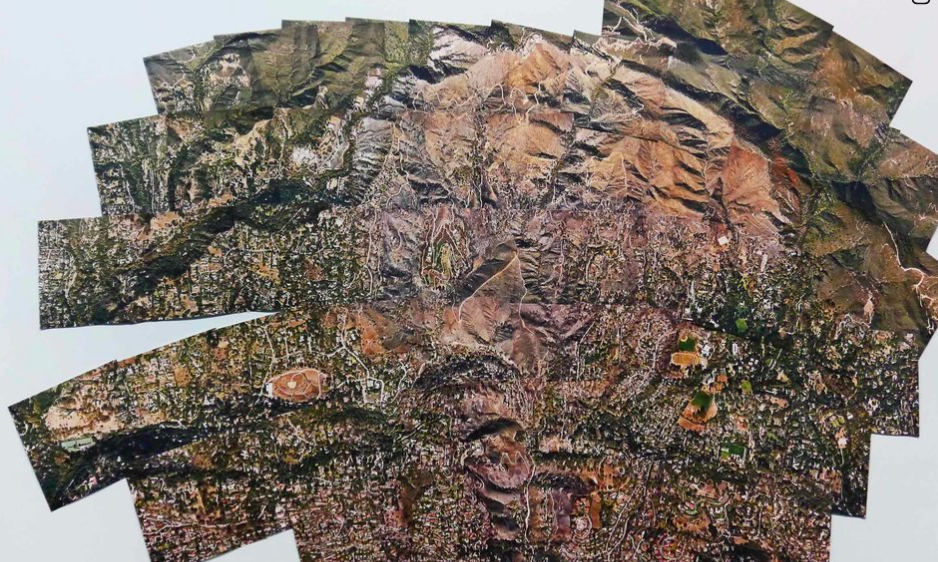
Wildfire Literacy Education: Support for Burn Cycle Project Santa Barbara based artist Ethan Turpin is poised to expand his high impact education efforts
There is a great need to keep the community interested and engaged about the risk of fire before another major event occurs. Social awareness regarding fire is generally at a high level of engagement immediately after a fire event…

Wildfire Literacy Education: Capacity and Funding for Preparedness Education
Community preparedness and prevention depends on an informed and literate populace, familiar with the ecological reality of living in Santa Barbara County's high risk wildfire country.
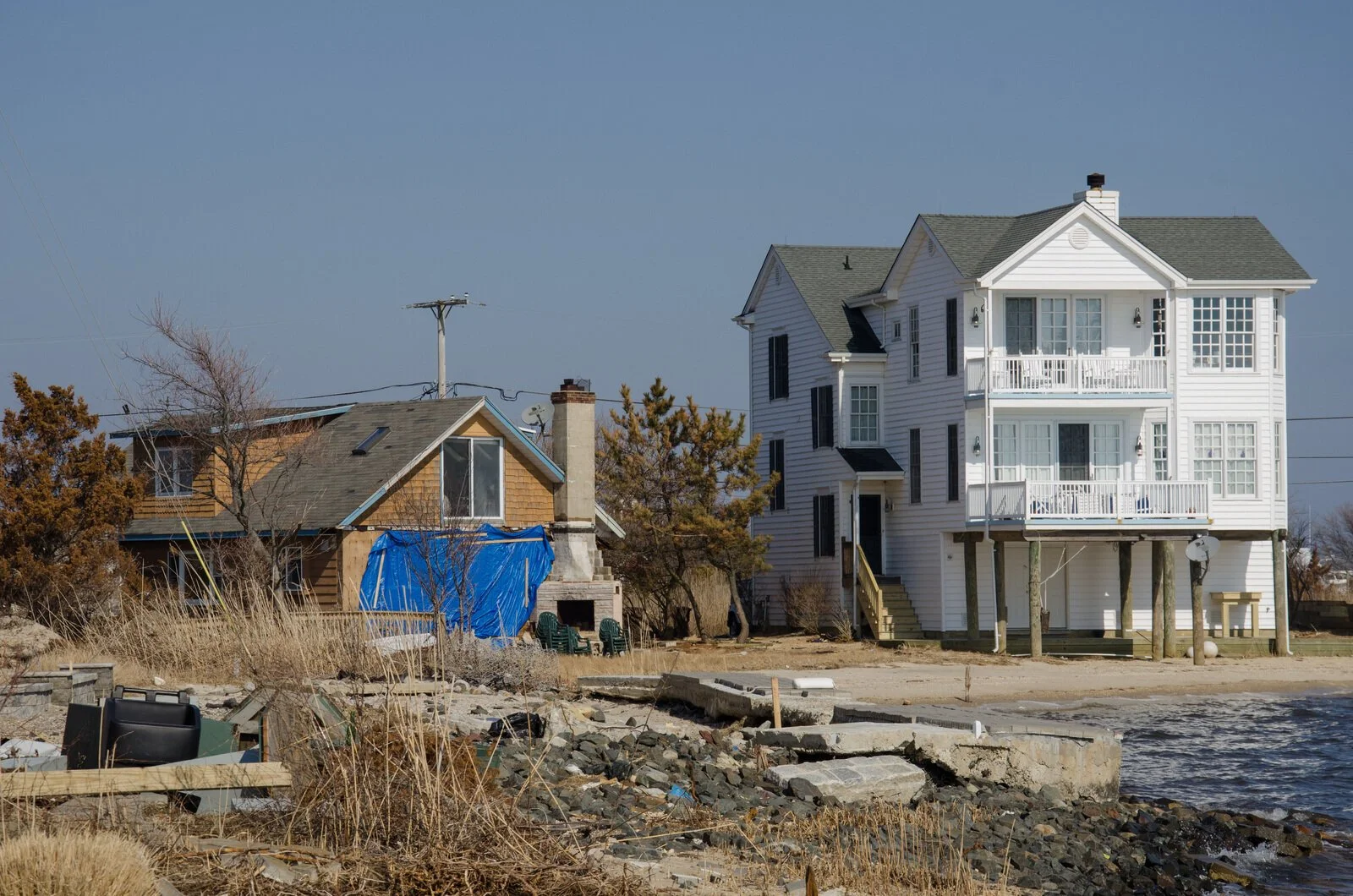
Home Hardening Fund Communities in high fire risk portions of the WUI are top priority places to support home hardening and emergency preparedness.
There is a need to help homeowners prepare their homes for wildfire across the county, particularly those in more vulnerable areas and those who lack resources or know how.

Volunteer Mobilization, Organizing and Coordination Capacity
The scope and scale of wildfires and related disasters like the 2017 Thomas Fire and the subsequent January 9th Debris Flow create an overwhelming need for community response and support in a wide variety of ways…

Neighborhood Organizing for Fire Resilience
The first line of preparedness and response to the threat or reality of wildfires begins in the neighborhood. Although the County and law enforcement have systems in place to communicate, there is no substitute…

Campsite Fire Buffers on Paradise Road and Other Recreational Areas Throughout the County
Paradise Road and other public land recreation areas throughout the County are highly visited community resources utilized by all income levels. These areas often include fire pits, grills and picnic areas where…
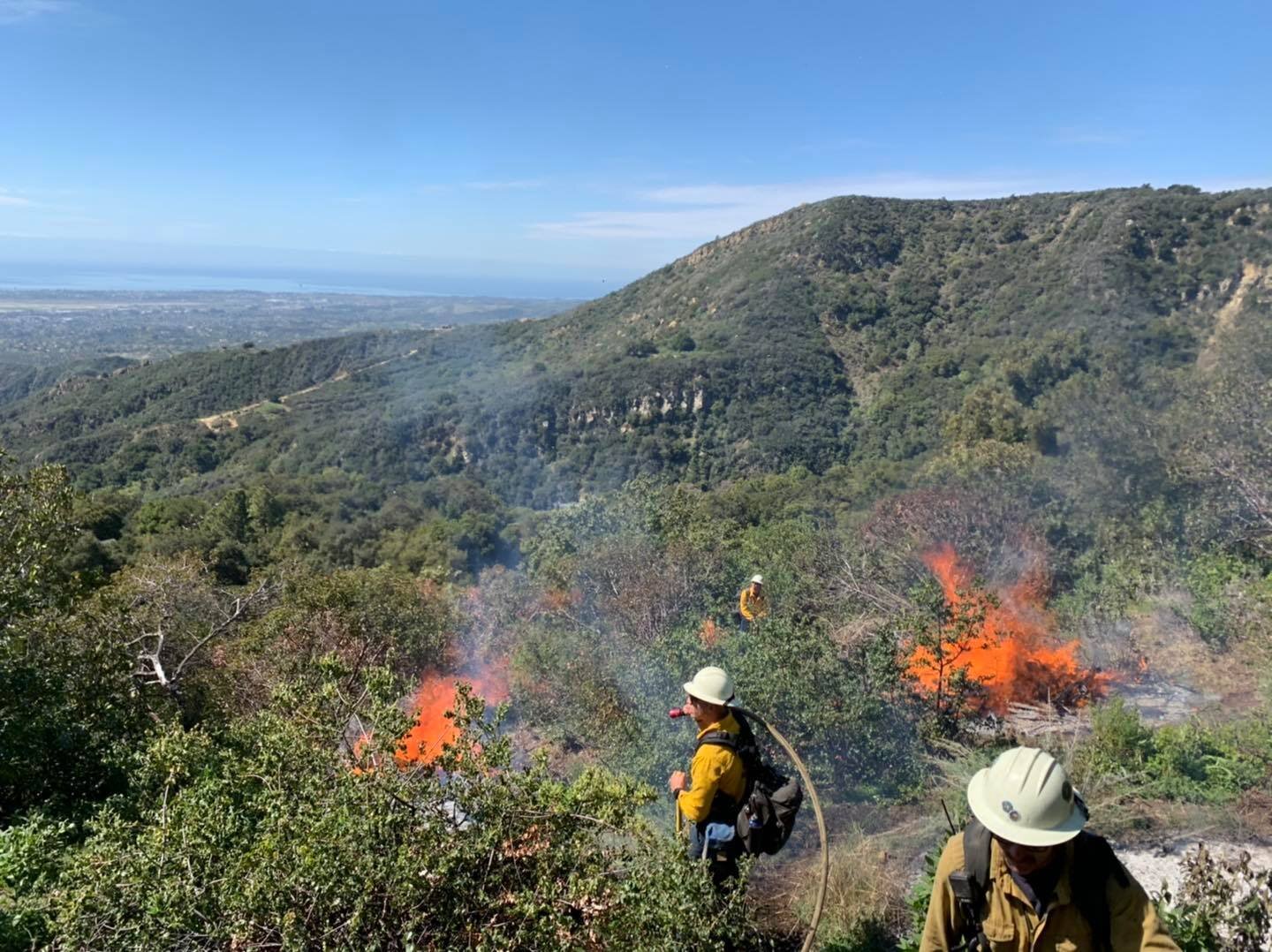
Tepusquet Canyon Vegetation Management Project
Tepusquet Canyon includes underserved communities and low income migrant workers, making this a high priority area from an equity perspective.
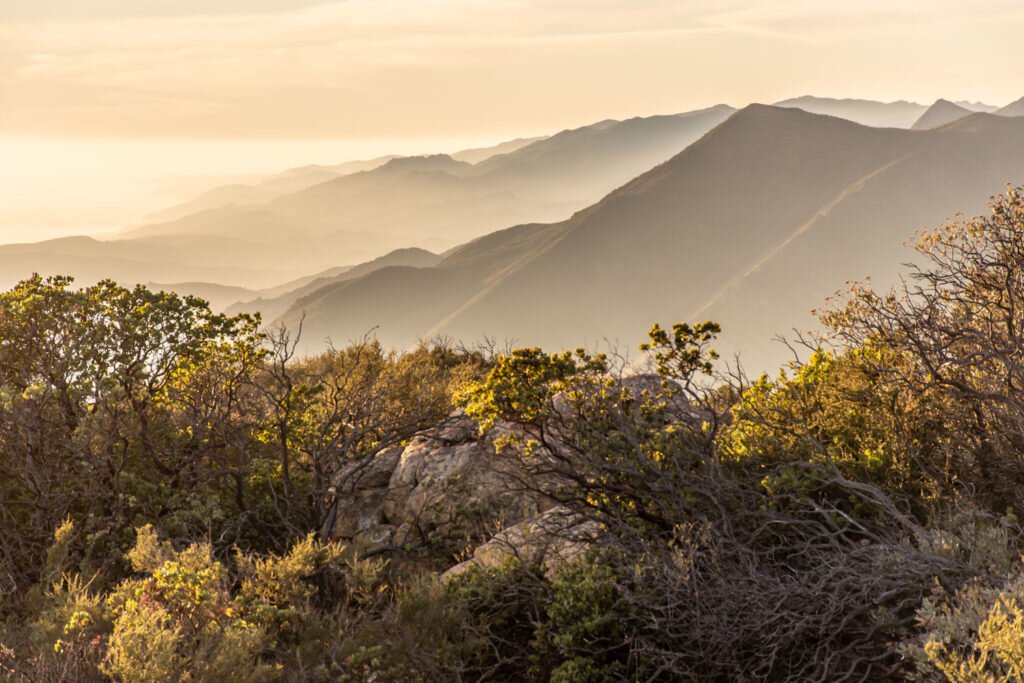
Coordination of WUI Projects Across Management Entity Boundaries for example with LPNF, VAFB, Land Trusts, and County Parks
When fires occur, they often start in areas of the national forest and enter into the unincorporated WUI portions of the County. There is a need to conduct detailed mapping of invasive, flammable vegetation or other fire risks…
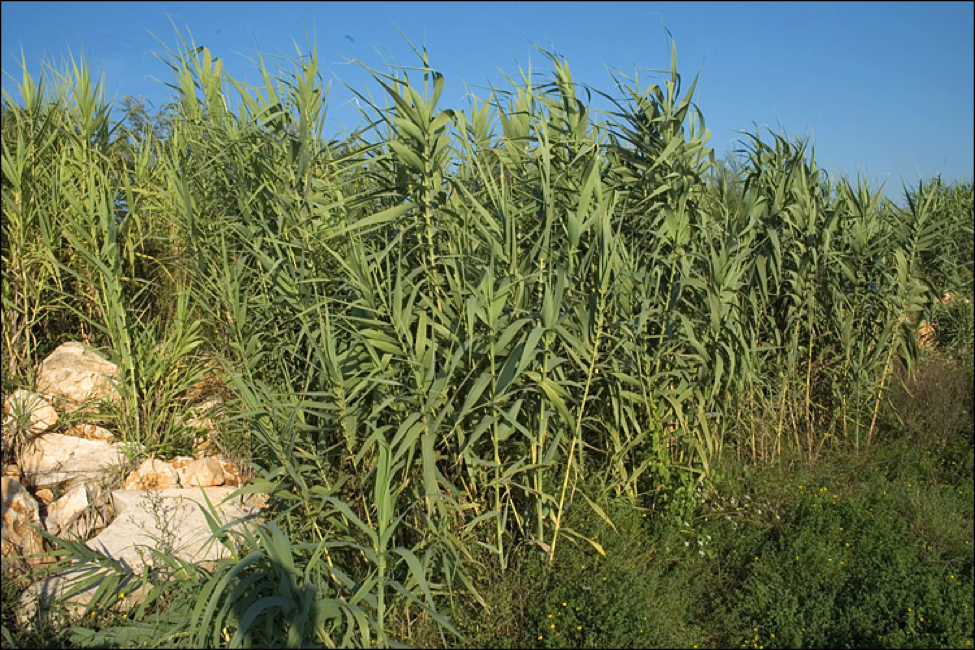
Restoration with a Fire Resilience Focus: Mapping and Removal of Invasive and Non-native Species that Exacerbate Fire Risk
The restoration recommendations detailed in other restoration items in the Regional Priority Plan would also require the removal of invasive and non-native species from other high priority areas in the WUI.
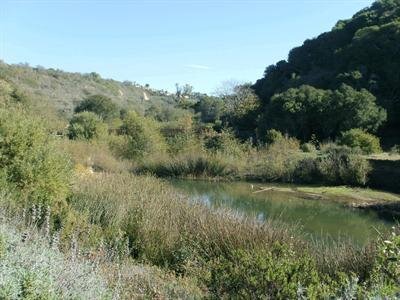
Inventory of Needed Riparian Restoration
The efforts that were conducted in Goleta should be replicated throughout different portions of Santa Barbara County, as staffing and capacity allows.
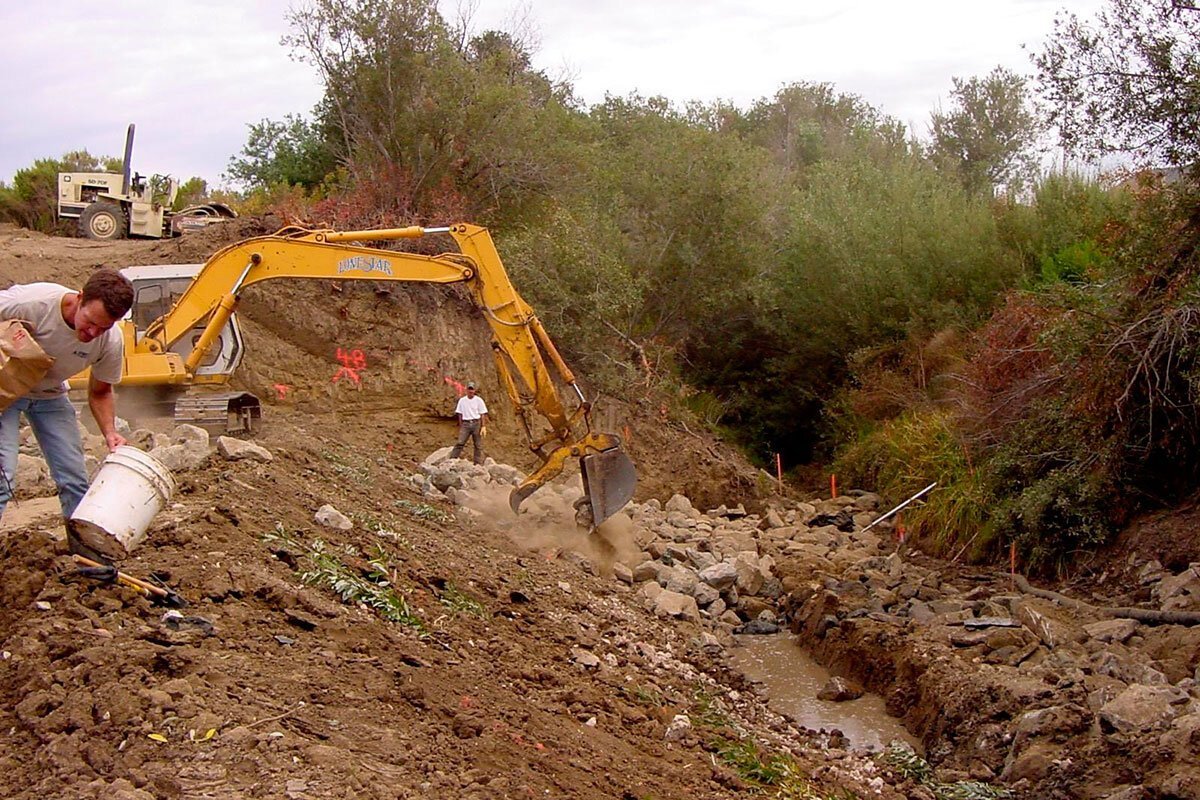
Restoration with a Fire Resilience Focus: Riparian Restoration in Goleta Valley to Reduce Fire Risk
Healthy riparian corridors with natural unimpaired hydrology are natural fire breaks, with well watered vegetation acting to catch and extinguish embers and dampen fire advancement.

Prescribed Grazing: Capacity Building - Growing Regional Prescribed Grazing Capacity
A parallel effort to the countywide planning effort is to engage existing prescribed grazing contractors and potential new entrants to assess existing capacity and understand…
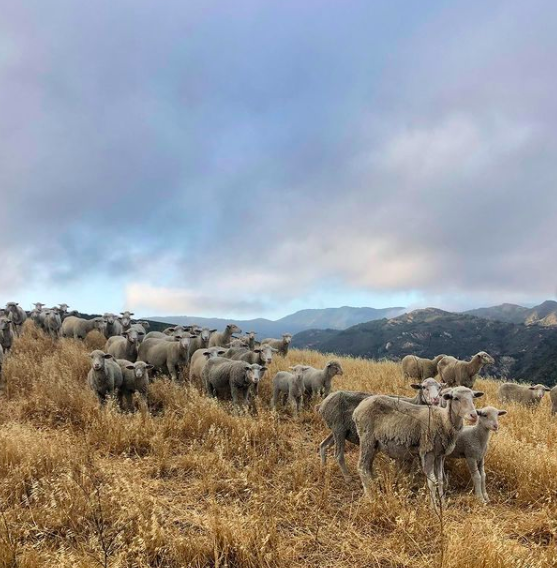
Prescribed Grazing: Develop a Countywide Plan
Prescribed grazing (also known as prescribed herbivory) enables fuel treatment in sloped and difficult to access areas where other vegetation management options are challenging or impractical.
